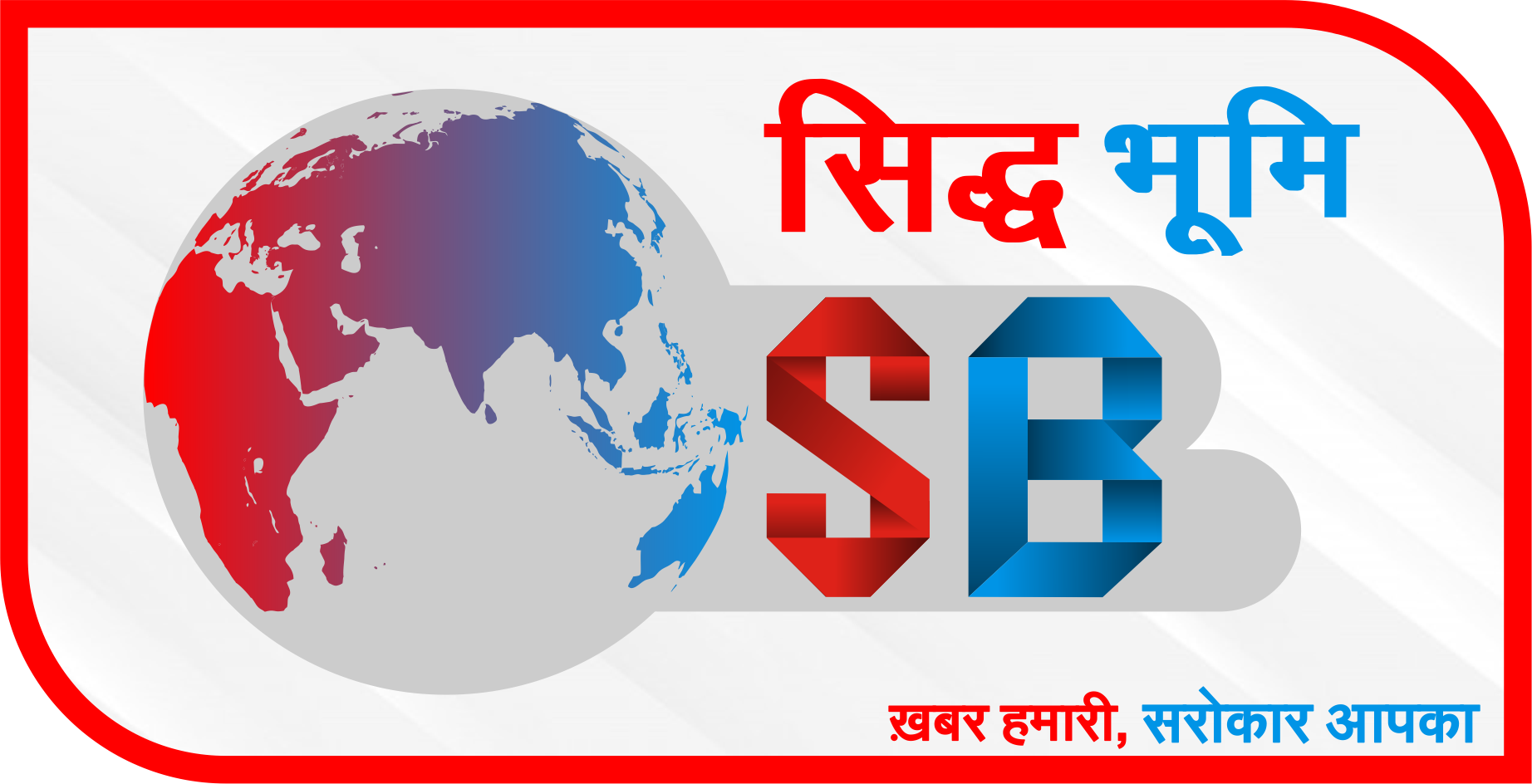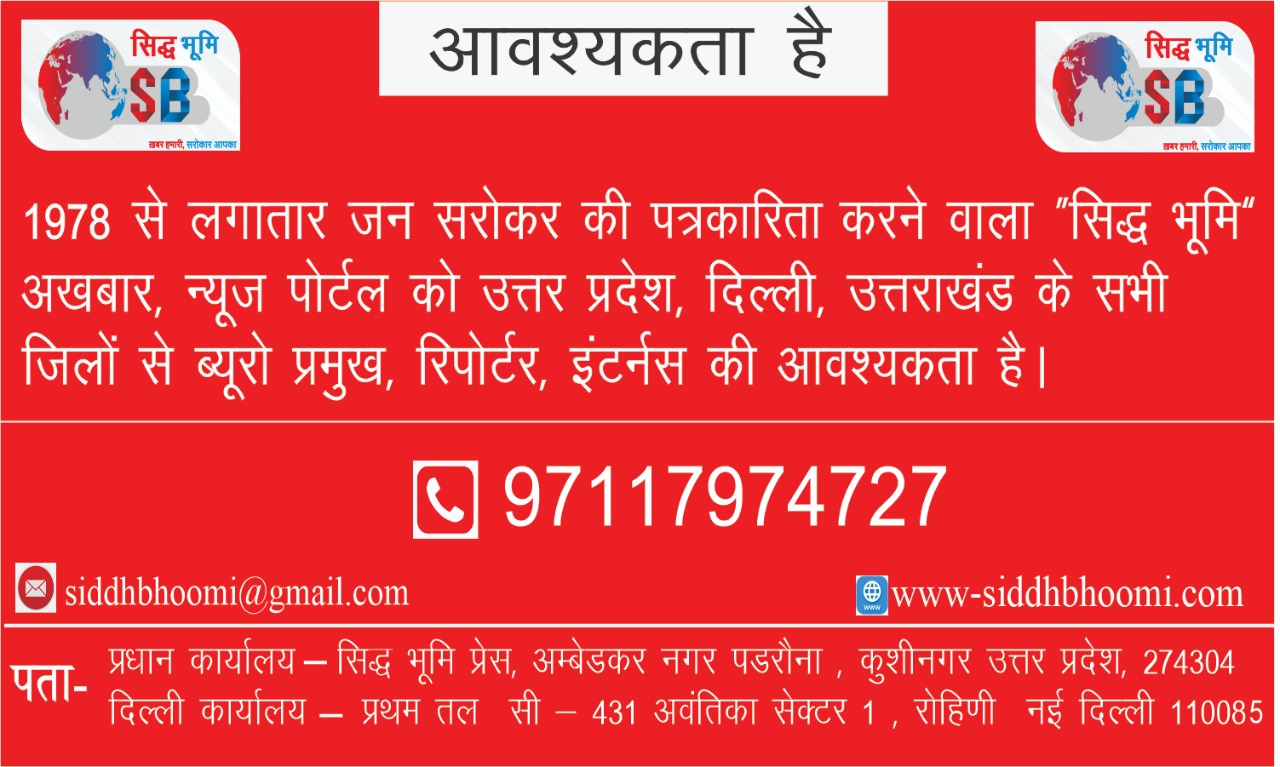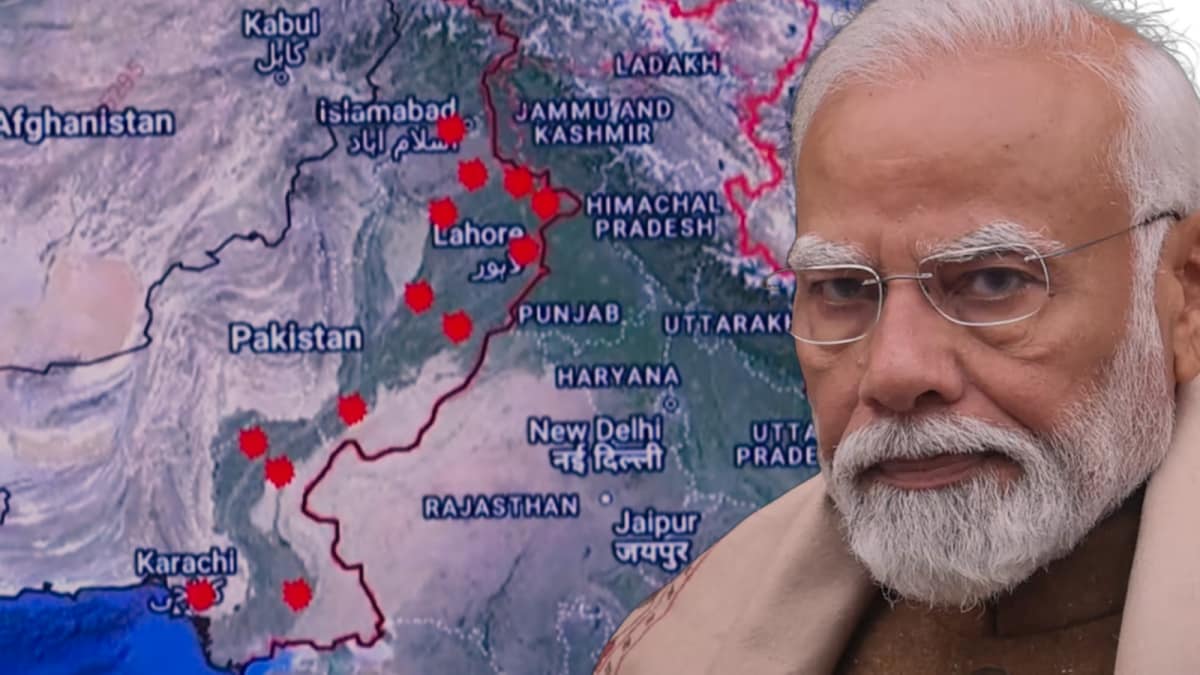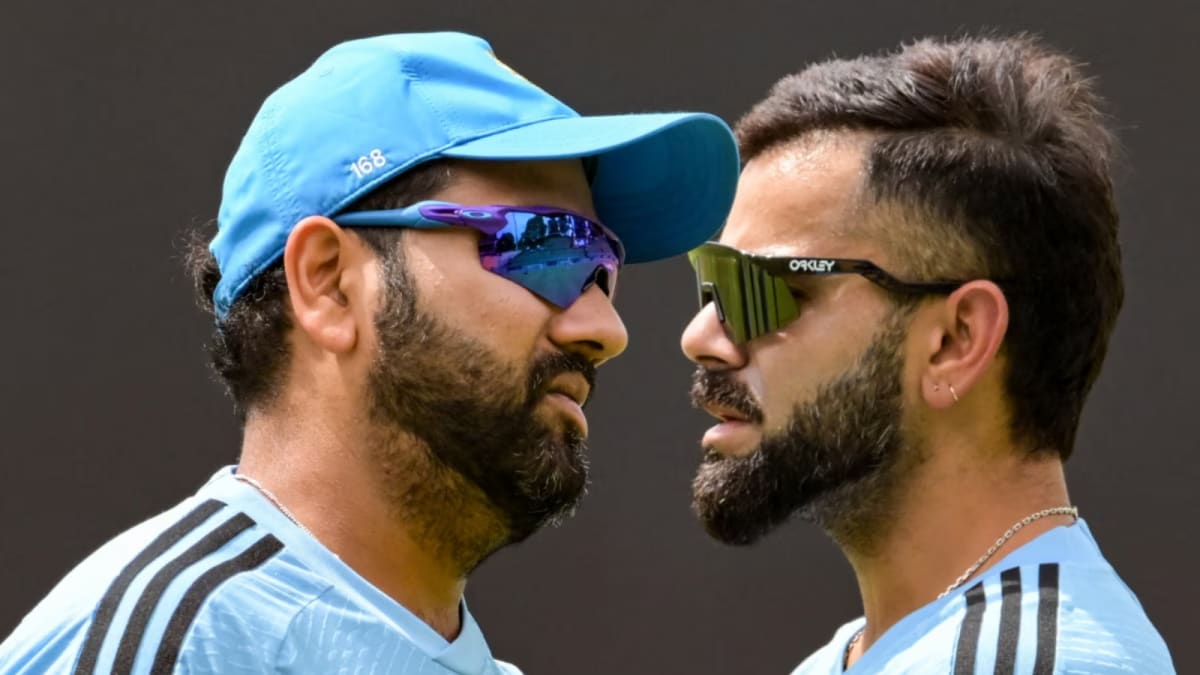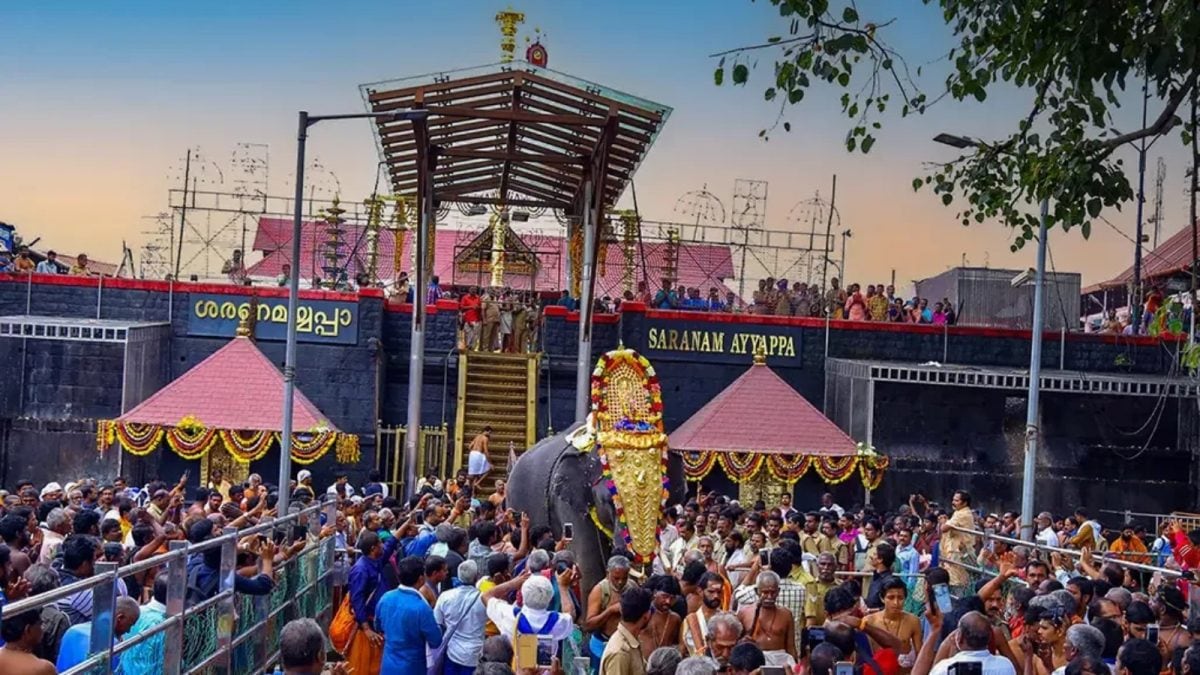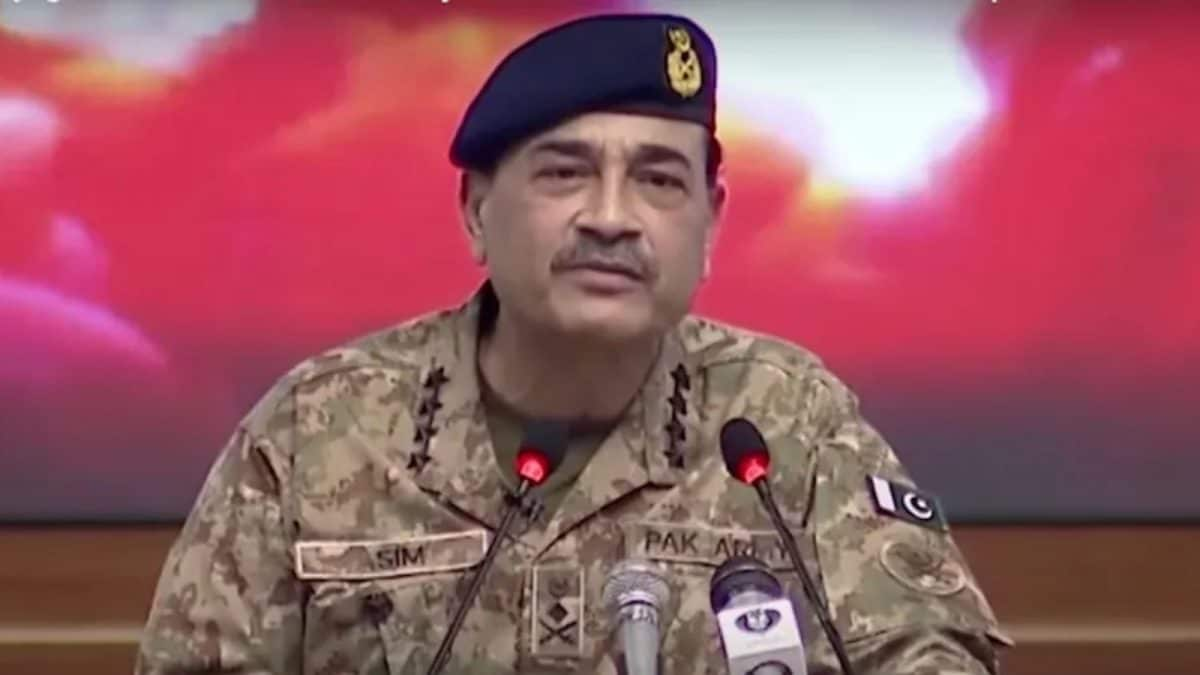Delimitation an Opportunity to Bring Jammu on a Par with Kashmir
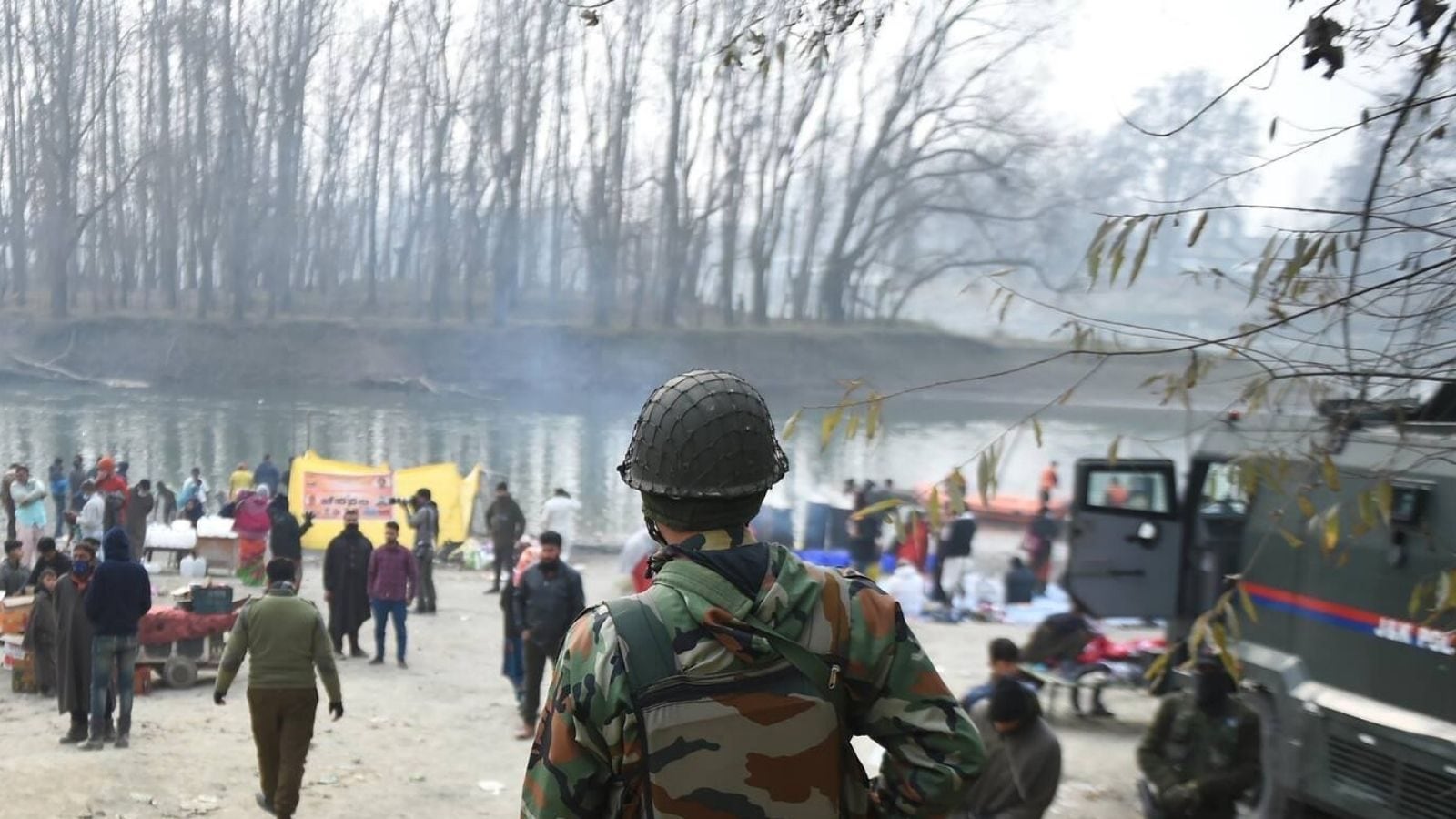
The delimitation of constituencies in Jammu and Kashmir has taken the centre stage in the ongoing political discourse over the Union Territory ever since the scrapping of Article 370 on August 5, 2019. The delimitation will shape the political trajectory of Jammu and Kashmir in the post-Article 370 order.
The delimitation commission, headed by Justice (retired) Ranjana Prakash Desai, has reportedly proposed to increase seven seats for the Union Territory (UT) of Jammu and Kashmir — six seats for the Jammu division and one for the Kashmir division — translating into 43 seats for Jammu and 47 seats for Kashmir. This makes total Assembly seats in the UT of Jammu and Kashmir to 90, previously from 83 (removing four seats of Ladakh which is now a separate UT).
In addition, the commission has proposed the reservation of seven seats for the Scheduled Caste (SC) and nine seats for the Scheduled Tribe (ST) communities. Importantly, 24 seats reserved and vacant for Pakistan-occupied Kashmir (POK) will remain unchanged.
Established on March 6, 2020, the commission has two ex-officio members, Sushil Chandra (Election Commissioner of India) and Kewal Kumar Sharma (Jammu and Kashmir Election Commissioner), and five associate members — two Members of Parliament from Jammu (i.e., Dr Jitendra Singh and Jugal Kishore Sharma) and three Members of Parliament from Kashmir (i.e., Dr Farooq Abdullah, Hasnain Masoodi, and Mohammad Akbar Lone). The commission got a one-year extension in March 2021 to complete the exercise in Jammu and Kashmir.
Gupkar Alliance up in arms
Whenever there have been attempts to alter the status quo in Jammu and Kashmir, it has invited sharp reactions from across the political spectrum. Jammu and Kashmir’s major political parties have categorically rejected the commission’s proposal. The People’s Alliance for Gupkar Declaration (PAGD), colloquially called Gupkar Alliance, has challenged the Modi government’s moves vis-à-vis Jammu and Kashmir. Notably, PAGD comprises five mainstream political parties — National Conference (NC), People’s Democratic Party (PDP), Communist Party of India (Marxist) or CPM, Awami National Conference (ANC) and Jammu and Kashmir People’s Movement (JKPM).
In a press conference on December 21, 2021, PAGD’s convenor and CPM leader Mohammad Yousuf Tarigami termed the delimitation commission’s proposal “divisive” and “not in favour of the people of Jammu and Kashmir”. He said, “The agenda of BJP in Jammu and Kashmir and the rest of the country is to create divisions among the people. Such decisions will only increase the distance (of Jammu and Kashmir) from Delhi and will break the hearts of people of Jammu and Kashmir.”
Tarigami further said, “It will deepen the alienation of the people of Jammu and Kashmir. It will create a much bigger void between the communities and regions which is detrimental to the interests of people of Jammu, Kashmir, and Ladakh. Finally, it will damage the interests of our country.”
On the question of Jammu being under-represented in the Legislative Assembly as well as Parliament, Tarigami said, “We are here to represent Jammu as well. There should be a criterion for delimitation. The baseline is population.”
Freeze on delimitation by NC in 2002
In 2002, the Farooq Abdullah-led NC government decided to freeze the delimitation of constituencies till 2026 by bringing an amendment in Section 47(3) of the Constitution of Jammu and Kashmir. The census was carried out in Jammu and Kashmir in 2001 but the Abdullah government didn’t go forward with the delimitation of constituencies.
The last delimitation commission, headed by Justice (Retired) KK Gupta, was established in 1995 when Jammu and Kashmir was under President’s Rule. This delimitation resulted in an increase in assembly seats from 76 to 87 — seats in Jammu rose from 32 to 37, seats in Kashmir from 42 to 46, and seats in Ladakh from 2 to 4. The 1995 delimitation was based on the 1981 census as the 1991 census couldn’t be conducted in Jammu and Kashmir due to insurgency and terrorism.
Professor Bhim Singh, head of Jammu and Kashmir National Panthers Party, challenged the freeze on the delimitation of constituencies in the Supreme Court of India. In November 2010, the apex court, however, upheld the freeze and dismissed Singh’s petition. In Jammu and Kashmir National Panthers Party vs. The Union of India and others case, the Supreme Court said, “There is express constitutional bar to any challenge being made to delimitation law which is made under constitutional provisions.”
A bench of Justices GS Singhvi and Asok Kumar Ganguly further said, “A right to caste vote is a valuable right but to demand any uniform value of one’s voting right through the process of delimitation, disregarding the statutory and constitutional dispensation based on historical reasons is not a justiciable right.”
It will be interesting to see the Supreme Court’s response if the PAGD files a petition against the commission’s proposal.
No elected government since 2018
The all-party meeting on Jammu and Kashmir, chaired by Prime Minister Narendra Modi on June 24, 2021 focused on, among others, delimitation exercise and subsequently, fresh Assembly elections. The Assembly elections were last held in 2014 in which BJP garnered 25 seats and PDP got 28 seats in the erstwhile state Assembly of the total of 87 seats.
Jammu and Kashmir has not seen an elected government since June 2018 after the resignation of then chief minister Mehbooba Mufti owing to the breakup of the alliance between the BJP and PDP. PDP founder, and former Jammu and Kashmir chief minister, late Mufti Mohammad Sayeed had joined hands with Narendra Modi in 2014. The BJP-PDP alliance was termed as the meeting of North Pole and South Pole by Sayeed as it was a political communion of two antithetical ideologies.
Fear of Hindu CM in Jammu and Kashmir?
The present-day Jammu and Kashmir is way different from that of 2014. BJP has fulfilled its political promise of nullifying Article 370 — the move welcomed by several sections in Jammu and Kashmir. Jammu is vociferously seeking its share in Jammu and Kashmir’s polity as an equal partner — denied to the region in the last seven decades. The politics in Jammu and Kashmir, since the accession of the princely state with the Union of India in 1947, has always been dominated by Kashmir; Jammu and Ladakh having received unfair treatment.
If the delimitation process increases the share of seats for the Jammu region in the Assembly of the UT of Jammu and Kashmir, how will it be divisive and detrimental to the interests of the people of Jammu and Kashmir? Why will genuine political empowerment of Jammu be a wrongful step? Is PAGD implying that Kashmir should always have a larger say in the affairs of Jammu and Kashmir and Jammu should have a lower political position than Kashmir?
While claiming to be representative of the people of Jammu, the PAGD’s attitude is evidently anti-Jammu. The voice emanating from Kashmir is that the delimitation commission is a ploy by BJP to further downgrade the status of Kashmiris (read Muslims). Is the slight shifting of power towards Jammu making the politicians of pre-Article 370 order uncomfortable? Any attempt to empower Jammu has been curtailed by Kashmir-centric politicians while portraying themselves as the guardians of Jammu.
One must remember that the pre-Article 370 order has often tried to instil fear in the minds of the populace which has engendered anti-Delhi sentiment. What is the underlying reason for objection to Jammu getting its political share in Jammu and Kashmir? Is it a Dogra — that too, a Hindu — becoming the chief minister of Muslim-majority Jammu and Kashmir? Jammu-based social and political organisations have often asked for the chief minister from Jammu.
Only Ghulam Nabi Azad, who originally hails from Doda district of Jammu, was chief minister for nearly three years (2005-08) when Congress and PDP were in coalition after the 2002 Jammu and Kashmir Assembly elections. However, Azad wasn’t allowed to complete his term by the PDP, and he had to resign in the wake of the Amarnath Yatra land transfer controversy.
A ‘Hindu CM’ of Jammu and Kashmir in a ‘Hindu’ India is perceived as the threat to Muslim-majority Jammu and Kashmir by the political elite and commentariat espousing pre-Article 370 order. The rationale behind rejection of the delimitation commission’s proposal is the same as that of disapproval of the decision of August 5, 2019. That the power corridors must be controlled by the political elite at the expense of the rights of the commoners. The same elite keeps sermonising about ‘death of secularism’ in the country and how India has increasingly become ‘intolerant’ since 2014.
Fixing past anomalies through delimitation
The population is the main factor for delimitation but other aspects such as terrain, communication facilities, connectivity must be considered. Note that the Jammu region doesn’t have a linear topography and connectivity is very poor in remote areas.
Currently, 46 seats in the Kashmir division are spread across 15,948 square kilometres whereas 37 seats are over 26,293 square kilometres in the Jammu division. Basically, Kashmir has one assembly segment for every 346 square kilometres area, but Jammu has one for every 710 square kilometres. According to the 2011 census, the Jammu division has a population of 53.78 lakh whereas the Kashmir division is at 68.89 lakh.
When the delimitation exercise started in Jammu and Kashmir, many political groups in Jammu raised concerns over the 2011 Census in Jammu and Kashmir, terming it fudged and not credible. These Jammu-based outfits claimed that population figures of the Jammu division were deliberately misrepresented in the 2011 census. Among others, the concerns were raised by former Jammu and Kashmir deputy chief minister and BJP leader, Kavinder Gupta and former Member of Jammu and Kashmir Legislative Council and Congress leader, Vikramaditya Singh.
Looking at the data of 2014 Jammu and Kashmir Assembly elections, there exist vast disparities in the electorates of various constituencies. The top three constituencies (as per the number of voters) in Jammu division are Gandhi Nagar (1,69,672 voters), Jammu West (1,53,794 voters), and Rajouri (1,15,647 voters). On the other hand, the top three in the Kashmir division are Batmaloo (1,20,344 voters), Kupwara (1,07,033 voters), and Sopore (1,03,782 voters).
Ten constituencies in the Jammu division have over one lakh voters. But the Kashmir division has only five constituencies with over one lakh voters. A remote area like Lolab in North Kashmir has only one constituency having 1,00,045 voters while Srinagar city has constituencies with voters between 50,000 and 60,000 such as Eidgah (58,822 voters), Habba Kadal (54,858 voters), and Khanyar (51,011 voters).
When there hasn’t been a level playing field due to discriminatory politics, then the badly affected region (i.e., Jammu) must be given more space so that political parity with the already dominating region (i.e., Kashmir) is achieved. Moreover, there should be a mechanism to offer representation to various minorities of Jammu and Kashmir in the new Assembly. For now, we will have to wait for the final report by the delimitation commission.
The increase in seats for the Jammu region is a welcome step. However, history tells us that hegemony of Kashmir over Jammu may persist in the coming times till the time Jammu is not politically on par with Kashmir. If invalidation of Article 370 was a rectification of a historical wrong, delimitation of constituencies in Jammu and Kashmir is an opportunity to pave the way for an equitable future.
Varad Sharma is a writer and political commentator. He is the co-editor of a book on Kashmir’s ethnic minority community titled ‘A Long Dream of Home: The Persecution, Exodus and Exile of Kashmiri Pandits’, published by Bloomsbury India. The views expressed in this article are those of the author and do not represent the stand of this publication.
Read all the Latest News, Breaking News and Coronavirus News here.
Source link
